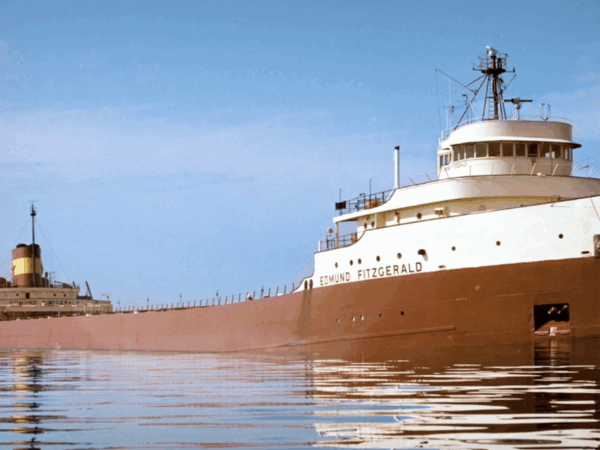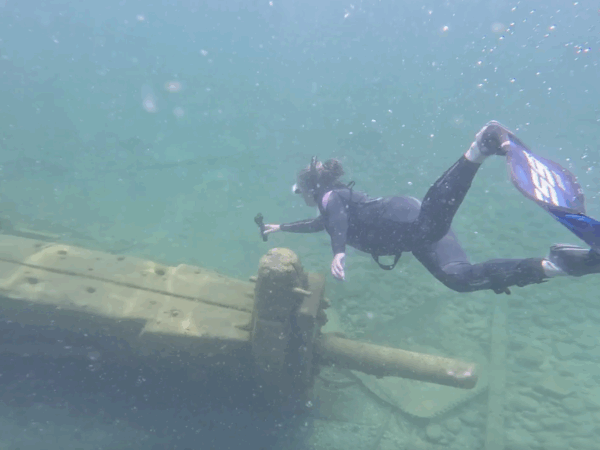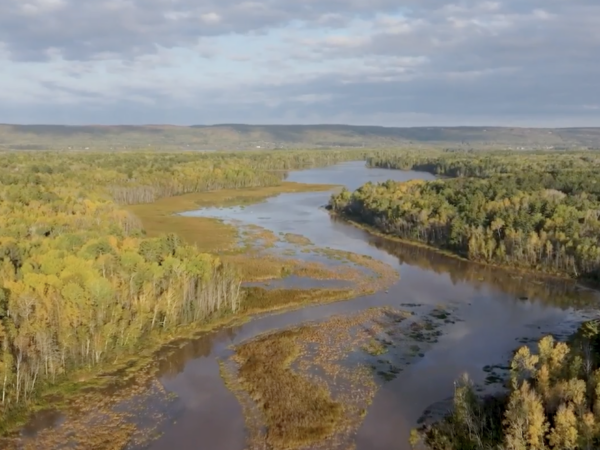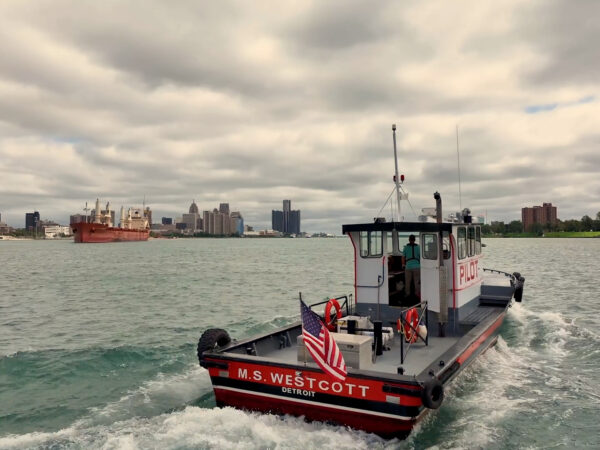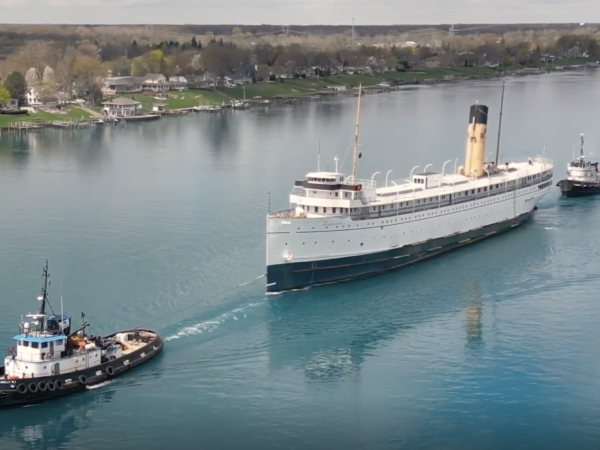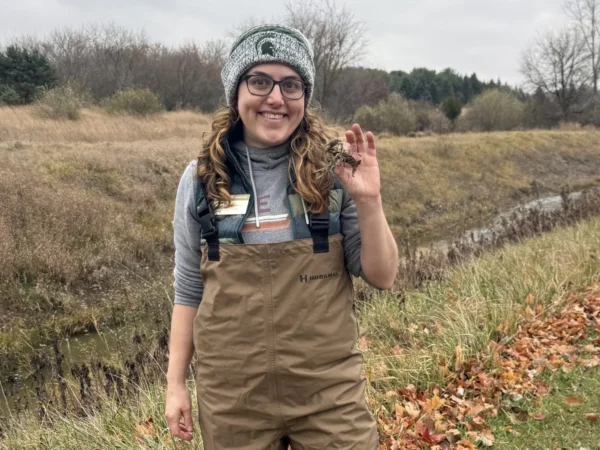IN THIS EPISODE:
In this episode of Great Lakes Now, teaching Lake Whitefish to thrive like the old days, getting up close at Niagara Falls and The Catch!
When to Watch?
Check your local station for when Great Lakes Now is on in your area.
Whitefish are in trouble. Can rivers save them?
SEGMENT 1 | Green Bay, WI; Levering, MI; Jordan River
In many areas of the Great Lakes, whitefish are struggling to maintain their population. Warming waters and invasive species are inhibiting whitefish spawning and keeping young whitefish from making it to adulthood. But biologists believe they can help bolster their numbers by returning them to their historic spawning runs.
In the logging boom of the 1800s, sediment from lumber operations flooded into rivers and destroyed the spawning habitats of many whitefish. Since then, whitefish have spawned mainly in shallow, rocky reefs of the Great Lakes. Today, warmer water and invasive mussels are wreaking havoc on whitefish recruitment.
River conditions have greatly improved in the decades since the end of the lumber boom, and researchers are hopeful that they can rebuild those river runs by stocking them with whitefish eggs.
Getting up close to Niagara Falls
SEGMENT 2 | Niagara Falls
Twelve-thousand years ago — when Niagara Falls first began to flow — they were located seven miles downstream near Lewiston, NY. Over the centuries they have eroded out the magnificent Niagara Gorge to reach their current location. The falls naturally erode at about 3 to 4 feet per year, but that erosion has slowed down significantly in recent years because half of the Niagara River’s water is diverted upstream to drive huge hydroelectric plants in the U.S. and Canada. This reduction in flow has slowed the erosion down to one or two inches per year.
Robert Nichols grew up in Niagara Falls and in 1994 he launched his own tour company with one passenger van. Today, he runs a tour fleet with 32 vehicles and 75 seasonal employees. The company provides tours to 50,000 people each year.
“Not only do we get to educate people about Niagara Falls, we get to entertain them too,” Nichols said.
The Maid of the Mist is one of the most popular attractions in Niagara Falls. In operation since the late 1800s, the tour boats now service 1.6 million passengers each year. The boats take passengers directly into the heart of the Horseshoe Falls to experience hundreds of thousands of gallons of water landing with 2500 tons of force.
In 2020, the Maid of the Mist launched two all-electric, zero-emission vessels. Benefits of the E-boats include no stinky diesel fumes and no engine noise. The nearly silent vessels allow guests to experience the river more fully, from the calls of shorebirds to the roar of the falls. However, the highly skilled boat captains wondered if the new electric vessels could handle the Niagara Gorge’s extreme conditions.
“We were kinda skeptical, it’s a lot of water coming down,” said Captain Mike Dennis who has been with the company since 2014. But the captains have found that while the E-boat might have less horsepower on paper than the older twin diesels, they are proving to be just as powerful.
The Catch: News about the Lakes You Love
SEGMENT 3 | Great lakes watershed
The Catch will keep you up-to-date with news from around the Great Lakes. This month, discover why PFAS levels in Lake Superior Smelt are lower than previously believed, learn how loons are affected by water clarity, and meet Monica Lewis-Patrick, president and CEO of We the People of Detroit.
Due to high levels of PFAS, health officials in Michigan have been advising that people limit the amount of smelt they eat. However, recent tests have found that PFAS levels in smelt are much lower than previously believed. Environmental reporter Kelly House covered the story for Bridge Michigan. “These smelt weren’t swimming in waters with any known PFAS contamination nearby. So it seemed strange for them to be showing up with these really high levels when no other nearby fish were showing similar problems,” said House. Scientists discovered that a naturally occurring bile in smelt was interfering with the test results.
A recent study has found a positive correlation between the clarity of lakes in Northern Wisconsin and the survivability of loon chicks. Climate change is a significant factor that can impact water clarity by causing heavier rainfalls that wash sediment and nutrients into the lakes. “Water clarity is important for loons’ survival because loons are diving predators and they rely on their keen underwater eyesight to catch their prey,” said Kirsti Marohn, who covered the story for Minnesota Public Radio. The researchers plan to continue studying how loons are affected by climate change.
Finally, an excerpt from our digital series Waves of Change. Meet Monica Lewis-Patrick, activist and president and CEO of We the People of Detroit, a grassroots organization that works to empower Detroiters around key issues in the city, including access to clean water. “I think that we get stagnated when water becomes the geographics of water, urban versus suburban and rural,” said Lewis-Patrick. “We all need water. And so we believe that water should be a uniter. We believe that water can be a uniter.”
Featured Articles





